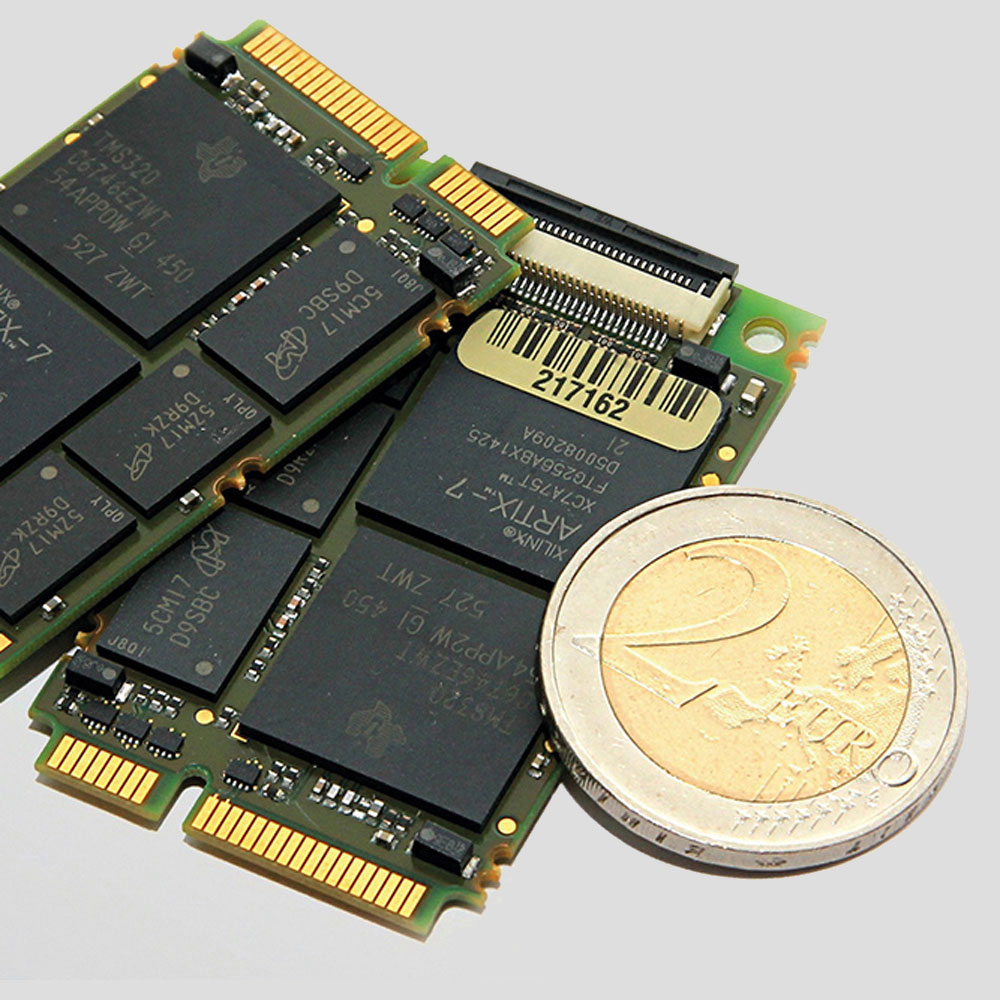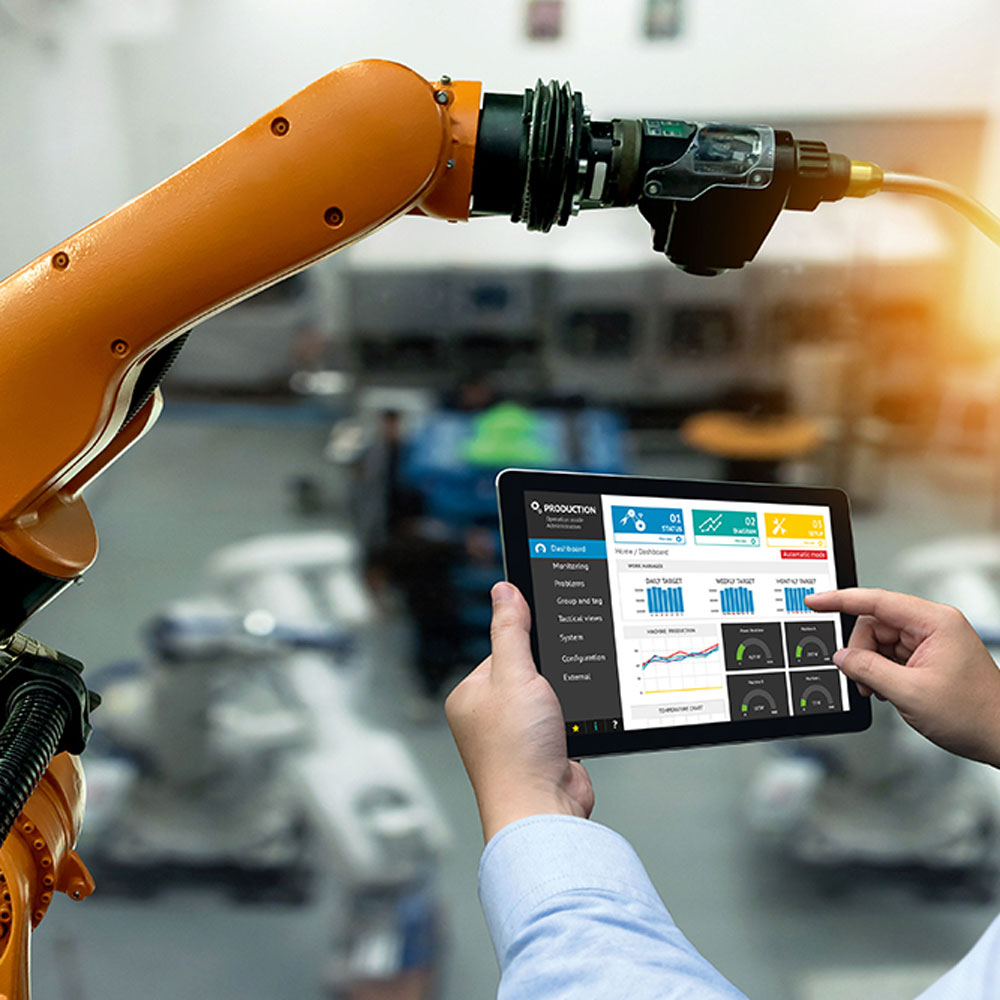
Advanced NDT

In the scope of Industry 4.0-related testing, a huge volume of process data is accumulated from different sources and must be analyzed. Suitable methods can be applied to obtain further information from already determined or additionally measured parameters. Fraunhofer IKTS optimizes established and new NDT methods to show customers how they can use this valuable information.
Pattern recognition
With pattern recognition, test objects can be classified by means of their measurement signals, for example, through actively or passively acquired acoustic signals, images, or other parameters such as temperature values. The main focus of pattern recognition is on giving these data a meaning, for example, “The gear is defect-free” or “The valve has reached 80 % of its lifetime”.
Fraunhofer IKTS has a wealth of experience in the field of pattern recognition. Developed algorithms have already been successfully tested and used in numerous applications, e.g., in mechanical engineering, automotive, glass, paper, textile, and watch- and clockmaking industries. In addition to a PC-based solution, an autonomous, modular device for mobile measurements has been developed for connection of various sensors or microphones.
Technical details
- Independent of testing method as well as sensor measurement principle and type
- Combination of different sensor data possible
Application fields
- OK/NOK analysis
- Service life prediction
- Detection of cracks, inclusions, and impact damage
- Wear monitoring
- Condition monitoring of parts, machines, and plants
- Monitoring of production processes
Machine learning
Machine learning, as a subarea of artificial intelligence, is the process of learning from an existing, usually large set of data. This process does not occur by “rote learning”, but by recognition of patterns and regularities in known examples, the training data. In the training process, generalized models are built and can be used to classify new, unobserved data.
Fraunhofer IKTS uses special machine learning processes such as deep learning for training of deep neural networks (DNNs), the expectation maximization (EM) algorithm for hidden Markov models (HMMs), or convex optimization for support vector machines (SVMs). Special training software enables easy learning of new models, e.g., for additional series of the same part or comparable parts.
Services offered
- Recognition and training software
- Hardware modules
- Data analysis and evaluation
- Customer-specific development of complete systems
NDT assistance systems
Technical details
- Can be used without radio network or Internet connection
- No transmission of user speech input to third-party servers
- Enables non-contact “hands and eyes free” communications
Application fields
Maintenance, repair and operation (MRO) in:
- Large-scale technical infrastructures
- Aerospace
- Industrial and plant engineering
- Human-machine interaction
- Control of equipment and plants
Services offered
- Recognition software
- Hardware
- Training software
- Customer-specific development

